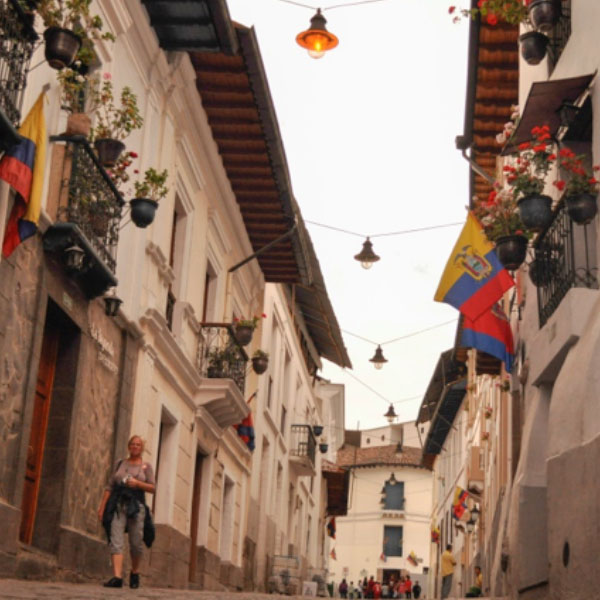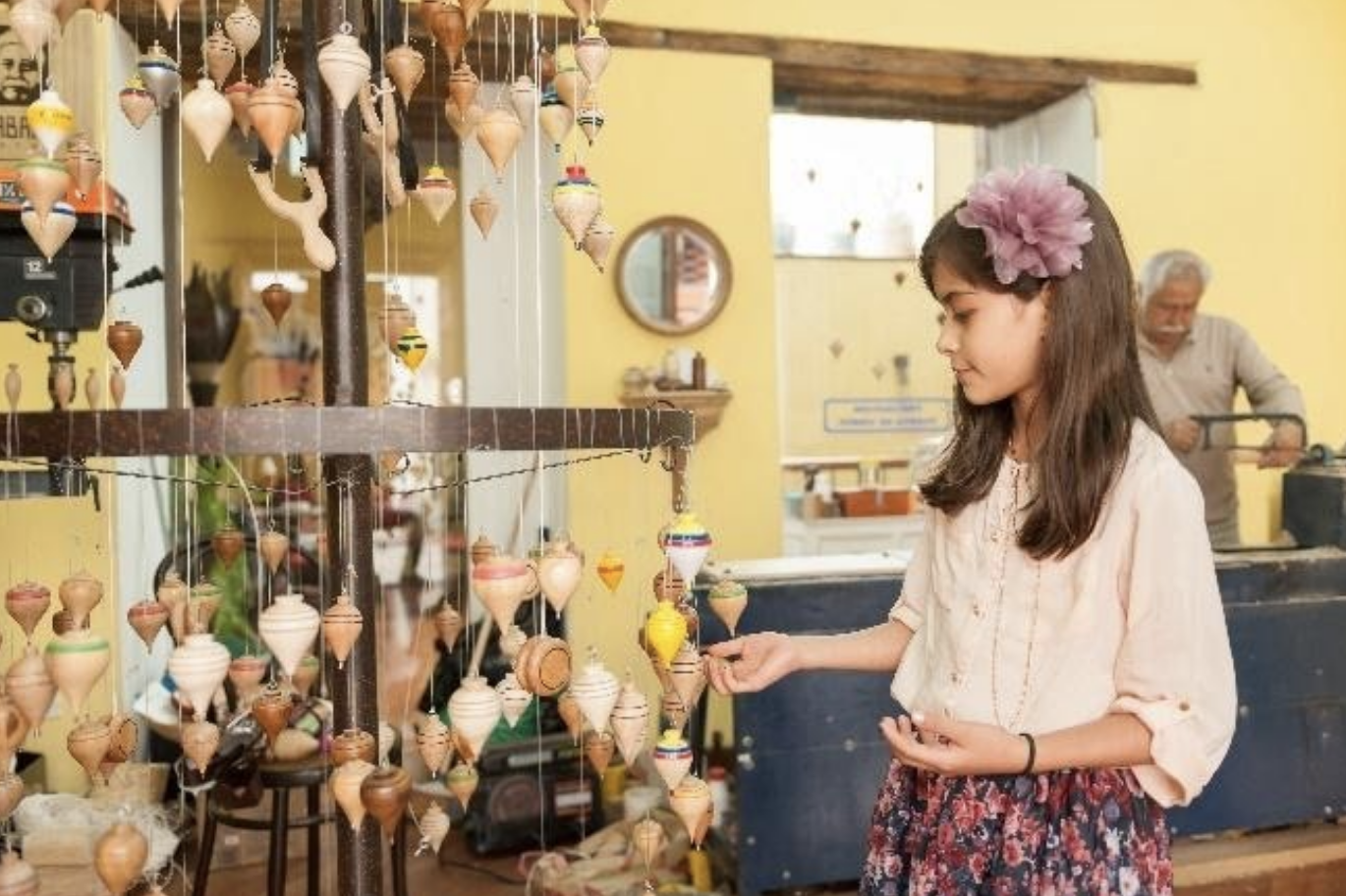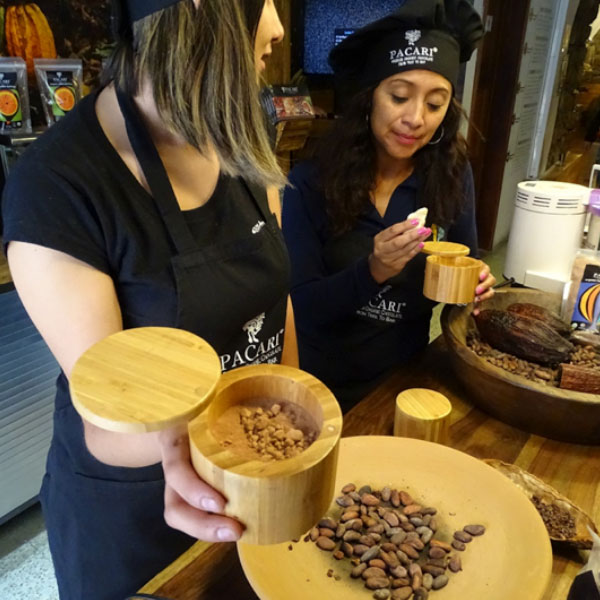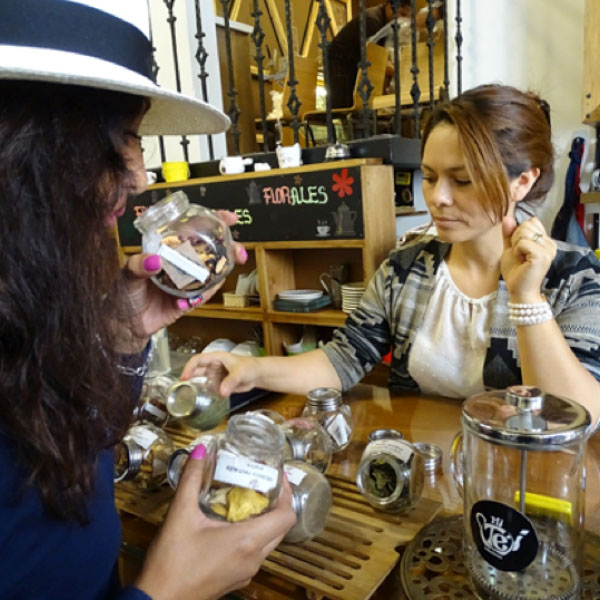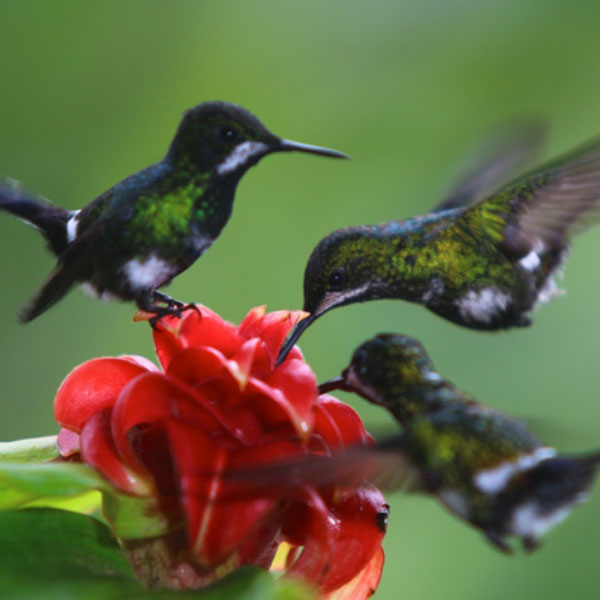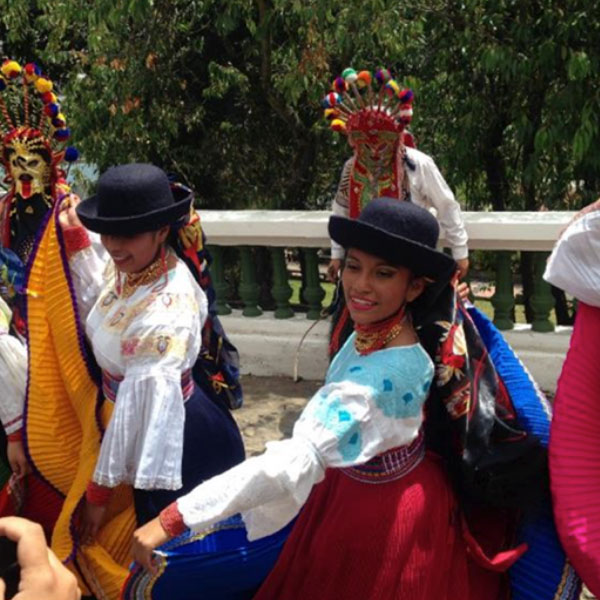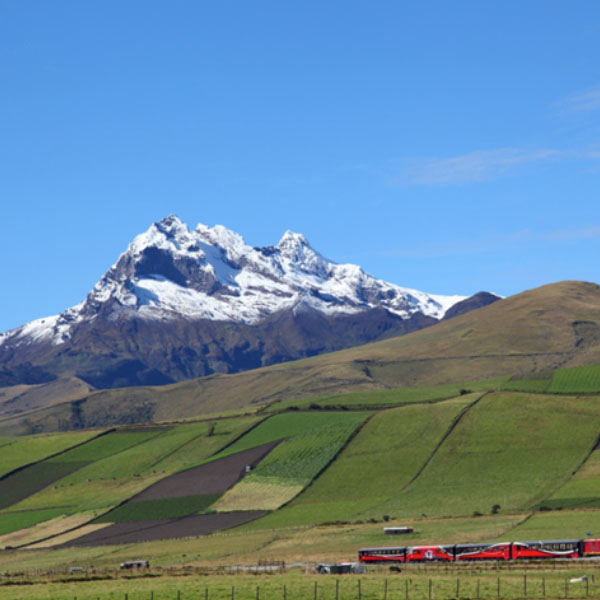GTEG-110 – M/Y GALAPAGOS ODYSSEY CRUISE ITINERARIES SIX DAYS / FIVE NIGHTS (ITINERARY “C”) – THURSDAY TO TUESDAY
GALAPAGOS ISLANDS FIRST CLASS CRUISE TOURS
GTEG-110 – M/Y GALAPAGOS ODYSSEY CRUISE ITINERARIES
SIX DAYS / FIVE NIGHTS (ITINERARY “C”) – THURSDAY TO TUESDAY
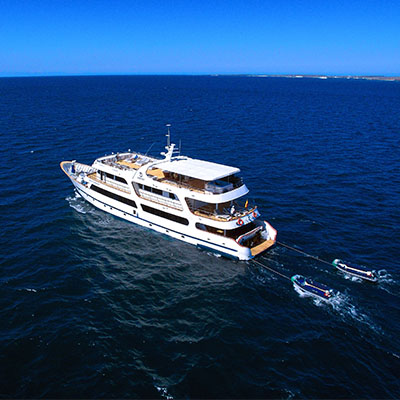
HIGHLIGHTS
A snapshot of islands to be visited and the highlights and iconic fauna and flora species of each island.
DAY BY DAY ITINERARY:
Detailed information on activities and visits to each island and applicable cruise rates
CRUISE DATES:
A complete listing of all of the dates that the Eastern Islands cruise itinerary will be operating.
PRE-CRUISE TOURS:
A sample of tours offered in Quito and surroundings o be offered in combination with this cruise. In addition, we can tailor additional Pre and Post cruise tours to adjust to your clients’ interests

GTEG-110 – M/Y GALAPAGOS ODYSSEY CRUISE ITINERARIES
SIX DAYS / FIVE NIGHTS (ITINERARY “C”) – THURSDAY TO TUESDAY
ICONIC SPECIES
Flightless Cormorant, Great & magnificent frigatebird, White-tip reef sharks, raysGalapagos hawk, Lava (striated) heron, Lava gull, Darwin’s finches, Galapagos giant tortoise, Pacific Green turtle, Land Iguana, Galapagos sea lion, Galapagos Penguins, Marine iguana, Red-footed booby, Fur Seal.
This 5 night Western itinerary is an adventurous mini-expedition along the remote and geologic young western coast of Isabela and the very pristine Fernandina. This route is different than mainstream with longer nightly navigation stretches. It also visits the northern island of Santiago and ends at the easternmost San Cristobal.
ITINERARY
Your cruise starts with an introduction at the Charles Darwin Research Station. After crossing to Isabela, you will visit the incredible tidal channel where whitetip reef sharks rest, and you can hike to the rim of the gigantic caldera of Sierra Negra Volcano. Next, you explore the farthest visitor’s sites along the western coast of Isabela and
Fernandina home of unique creatures such as flightless cormorants, marine iguanas and Galapagos penguins. From the historic James Bay on the western coast of Santiago we will navigate the long stretch to Lobos Islet and San Cristobal, Galapagos sea lion territory.
DAY 1: THURSDAY – ARRIVAL IN GALAPAGOS ISLANDS
Baltra Airport & Charles Darwin Research Station & Puerto Ayora
This morning you will fly from Quito or Guayaquil to Baltra Airport. After welcome, check-in, lunch, briefing and the safety-drill you will visit the famous Charles Darwin Research Station for an interesting introduction to Galapagos. You will also get some free time to stroll through the cozy town of Puerto Ayora. Before dinner your guide will conduct the first daily briefing which includes the National Park and yacht rules followed by the Captain’s welcome cocktail. Shortly before midnight we will start our first nightly crossing to Puerto Villamil on Isabela Island.
Meals: Lunch, dinner
DAY 2: FRIDAY – GALAPAGOS ISLANDS
Isabela Island
Puerto Villamil, AM: Whitetip reef shark channel (Isabela), AM: Sierra Negra (Isabela), PM: Arnaldo Tupiza Tortoise Breeding Center (Isabela), PM: Wetlands & Beach (Isabela)
Isabela is by far the largest island of Galapagos. This younger island is less frequented and quieter than the central and south-eastern islands. After an early breakfast, we will first visit the Tintoreras-islets for a guided hike on a rough volcanic rock trail passing a unique tidal channel which is a resting-place for whitetip reef sharks and where you will find huge marine iguanas. From there the dinghy will take you directly to Puerto Villamil’s harbor, where you will board a bus that takes you to the lush highlands of Isabela. You will hike to the rim of Sierra Negra Volcano and explore the mysterious and complete different world of the cloud-forest. After lunch you will return to Puerto Villamil, where you will visit the local tortoise breeding center and take tour where you can observe American flamingos, other aquatic and song birds. Before returning aboard you will have the opportunity to enjoy the paradisiacal beaches.
Meals: Breakfast, lunch, dinner
DAY 3: SATURDAY – GALAPAGOS ISLANDS
Isabela Island
Moreno Point, Marielas Islets & Elizabeth Bay
Today and tomorrow you can explore the far West coast of Isabela. These coastal waters are very nutrient-rich, and a magnet to all kinds of marine and birdlife. After breakfast you will take a guided morning hike across the black lava fields of Moreno Point with its bird-rich pools and sparkling intertidal life. Later enjoy a dinghy-ride tour or snorkeling. At noon we sail towards Elizabeth Bay for an adventurous ride by dinghy to some offshore rocks with a Galapagos penguin colony and from there we will go to the estuary of Elizabeth Bay and its forest-like mangles. At dinner-time we will cruise to Fernandina Island.
Meals: Breakfast, lunch, dinner
DAY 4: SUNDAY – GALAPAGOS ISLANDS
Fernandina and Isabela Islands
Espinoza Point (Fernandina), Tagus Cove (Isabela)
This morning you will visit one of the most exclusive sites of this cruise route, Espinoza Point on Fernandina. This island harbors one of the world’s most virgin, untouched and very well protected ecosystems. We will start with a guided walk on the lava tongue of Espinoza Point, which is full of marine iguanas, the iconic flightless cormorant and the Galapagos penguin! After a snack enjoy some fine snorkeling. Later we will cross the Bolivar Channel, back to Isabela’s western coast. While cruising be on the lookout for viewing whales and dolphins!! At Tagus Cove we will take a nature walk at this geologic and historic site. Subsequently we will take a dinghy-ride along the shoreline, or enjoy more snorkeling.
Meals: Breakfast, lunch, dinner
DAY 5: MONDAY – GALAPAGOS ISLANDS
Santiago Island
Espumilla Beach & Puerto Egas
From Espumilla Beach you will take a guided walk and afterwards you can explore the Galapagos’ submarine world. Later we navigate towards Puerto Egas with its famous fur seal grottos. Here you will enjoy a very different guided walk along the coastline. After this impressive day we start cruising to San Cristobal Island. During this last night on board, you can enjoy a farewell cocktail with the crew and your fellow passengers.
Meals: Breakfast, lunch, dinner
DAY 6: TUESDAY – DEPART GALAPAGOS ISLANDS
San Cristobal
Lobos Islet & Puerto Baquerizo Moreno
On the eastern end of the archipelago you can enjoy one more morning excursion. After a dry landing you will take a guided nature walk on the rocky trail of Lobos Islet, with its Galapagos sea lions and lots of birds; including blue-footed boobies. Subsequently we will navigate to Puerto Baquerizo Moreno harbor for disembarkation and transfer to San Cristobal airport for your flight back to Quito or Guayaquil or your next destination.
Meals: Breakfast
2020 GROSS RATES PER PERSON BASED ON DOUBLE OCCUPANCY
VALID THROUGH DECEMBER 31, 2020
| M/Y ODYSSEY | ITINERARY “B” SUN-THU 5D/4N |
ITINERARY “C” THU-TUE 6D/5N |
ITINERARY “A” TUE-SUN 6D/5N |
| Ocean View Stateroom Main Deck /Upper Deck |
$3,995 | $4,950 | $4,950 |
| Ocean View Suite Upper Deck |
$4,994 | $6,188 | $6,188 |
| Single Cabin Lower Deck (1) |
$3,995 | $4,950 | $4,950 |
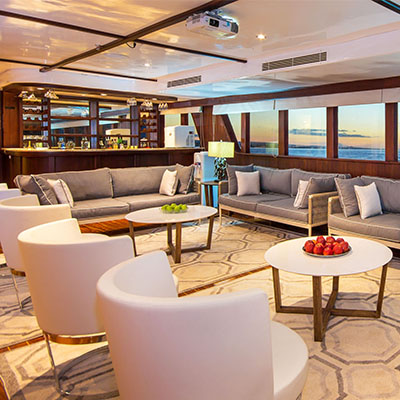
GTEG-110 – M/Y GALAPAGOS ODYSSEY CRUISE ITINERARIES
SIX DAYS / FIVE NIGHTS (ITINERARY “C”) – THURSDAY TO TUESDAY
Detailed Itinerary
DAY 1: THURSDAY – ARRIVAL IN GALAPAGOS ISLANDS
Baltra Airport, Charles Darwin Research Station & Puerto Ayora (Santa Cruz Island)
This morning you will fly from Quito or Guayaquil to Baltra Airport. Upon arrival you will be met by your naturalist guide who will assist and accompany you on the airport shuttle and ferry transfer across the Itabaca Channel to Santa Cruz Island and continue by bus through the lush highlands to Puerto Ayora harbor. Our dinghies will take you to the yacht.
PM: Charles Darwin Research Station
After welcome, check-in, lunch, briefing and the safety-drill you will visit the famous Charles Darwin Research Station. On the outskirts of Puerto Ayora you will visit the shared area of the Charles Darwin Research Station and the headquarters of the Galapagos National Park Service – home of Galapagos Islands conservation management and biological research. Most memorable from this visit will probably be the successful breeding center and the enclosures with Galapagos giant tortoises; even after the death of its world famous resident, emphatically called “Lonesome George” (June 2012) – the last known individual of the Pinta subspecies, who sadly failed to reproduce offspring). For other species and subspecies the breeding project started just in time to save them from extinction. Most remaining adult giant tortoises in the corals are former pets and many of them are accustomed to human company.
For centuries these emblematic reptiles have made Galapagos famous. Hundreds of thousands of them used to crawl around before the devastating epoch of pouching. Even the name of this archipelago refers to these prehistoric dwellers. On certain islands their shells evolved into pronounced shapes of riding saddles or ‘galapagos’ in Spanish. Charles Darwin noticed differences in shells of tortoises from different islands, which put him on track of his evolution theory of natural selection. Because species from different islands are kept, the Charles Darwin Research Station is the place to compare the diverging saddle back shapes and the dome-shaped shells from the Santa Cruz-subspecies. You will also get some free time to stroll through the cozy town of Puerto Ayora.
Meals: Lunch, dinner
DAY 2: FRIDAY – GALAPAGOS ISLANDS
Isabela Island
Puerto Villamil, AM: Whitetip reef shark channel (Isabela), AM: Sierra Negra (Isabela), PM: Arnaldo Tupiza Tortoise Breeding Center (Isabela), PM: Wetlands & Beach (Isabela)
AM: Whitetip Reef Shark Channel (Isabela)
Just outside Puerto Villamil’s harbor a group of islets protrude just above the ocean. These barely noticeable rocks form one of the most emblematic sites that you will visit during your cruise. The jagged black formations are the remnants of a lava stream that ended up into the ocean. These are being demolished by the waves, and a collapsed lava tube forms a channel that fills-up on high tide. Marine life gets trapped, including spectacular whitetip reef sharks (called “tintoreras” in Spanish. This shark species is fairly common in the archipelago, and generally spotted on the seabed when snorkeling, whilst these are resting from their nocturnal hunts. You can observe them comfortably from the bank in the crystal clear turquoise waters. Turtles, smaller fish and Galapagos sea lions,
white-spotted eagle rays or golden rays glide back and forth through this calm channel. The tiny plagues on these rocky formations offer undisturbed breeding places for prehistoric looking marine iguanas. Over here the largest Isabela subspecies (up to 5 foot tall!) can reproduce successfully and thrive by hundreds. The rocky shoreline with its intertidal life also attracts sally light foot crabs, lava herons and Galapagos penguins. Galapagos sea lions occupy the sand beach and complete this stereotypical Galapagos image.
AM: Sierra Negra (Isabela)
Sierra Negra is the 5th highest volcano of Galapagos. The last time it erupted was October 2005. It is the only major volcano of Isabela whose crater regions are actually opened to tourism. A mysterious half-day hike through the cloud forests takes you to a viewpoint at the rim, offering the opportunity of fantastic sights into the impressive caldera with clear weather. The caldera measures about 4.5 x 6 miles across. A somewhat muddy trail to the rim will lead you through an unexpected, evergreen cloud forest that only exists in the highlands of the main islands. The dense and rich vegetation includes ferns, tree ferns and endemic scalesia trees laden with epiphytes like lichens, orchids and bromeliads. The fog and drizzle – more frequent in the cool garúa season (June-December) – contributes to the mysterious atmosphere. On the way you can also spot striking song birds as the vermilion catcher, the yellow warbler and the woodpecker finch which hammers on branches like a woodpecker and uses twigs as tools to capture insects!
PM: Arnaldo Tupiza Tortoise Breeding Center (Isabela)
You can see hundreds of giant Galapagos tortoises of all sizes In the breeding center Arnaldo Tupiza. This project just outside Puerto Villamil is created to rescue the endangered populations that live on five different locations on both southernmost volcanoes of Isabela. One thing becomes clear on your visit: it’s hard work to save these creatures for extinction by reproduction in captivity and repopulation, but the good news is that these important programs are successful and so far have saved several species for extinction. Although centuries of massive pouching have fortunately come to an end, the surviving populations of giant tortoises are threatened because of wild dogs, pigs, donkeys, wild goats. From the almost incredible estimate of 250,000 tortoises in the 16 century only about 3,000 remained in the 1970s. By 2015 their numbers have increased up to about 32,000 in all the archipelago.
Also enjoy a walk through the attractive botanic garden of this breeding center. It is full of native species that attract colorful songbirds such as yellow warblers, Darwin’s finches, Galapagos and vermillion flycatchers and the graceful flamingos that frequently filter the saline waters Poza del Chapin lagoon for shrimp and algae.
PM: Wetlands & Beach (Isabela)
The tempting white sand beach of Puerto Villamil is home of marine iguanas and Sally light foot crabs. Its overgrown beach wall hides the largest coastal lagoon of Galapagos, attracting lots of aquatic
birds and wintering shore birds – some coming from arctic regions! It is part of a swampy coastal zone known as the wetlands, with an old mangrove forest, collapsed lava tubes, and even more salt and brackish ponds. These are home to the largest concentration and breeding site of American flamingos in Galapagos!
Meals: Breakfast, lunch, dinner
DAY 3: SATURDAY – GALAPAGOS ISLANDS
Isabela Island
Moreno Point, Marielas Islets & Elizabeth Bay
AM: Moreno Point
After breakfast you will make a guided morning hike across the crumbling, pitch black lava fields of Moreno Point with its bird-rich pools and sparkling intertidal life. Pits and holes close to the coast gradually fill-up with seawater. The once lifeless area becomes dotted with tidal pools and filtration lagoons that offer new opportunities to pioneer vegetation. This site counts with two more species of cacti, from which the candelabras can grow up to 23 feet tall.
Fringes of reed, sea grass and mangrove bushes surround the picturesque lagoons that have been transformed in lush oasis. Your pictures get the perfect finish touch when bright American flamingos and aquatic birds have come to forage in the largest lagoon as well. In the wet season the fresh, promising greens become even more intense and contrast strongly with the dead, pitch-black lava. During a dinghy-ride along the jagged shoreline, you will notice different species. The tidal pools form natural traps and attract scavengers and hunters, bright orange Sally light foot crabs, oystercatchers and herons. Marine iguanas wait patiently for their turn to graze weeds on the seabed at lowest tide, while brown pelicans have found an undisturbed place to breed in the mangroves.
PM: Marielas Islets & Elizabeth Bay
At Elizabeth Bay enjoy a prolonged ride by a dinghy that combines a visit to the Marielas Islets in the mouth of the bay, with the mangles in its innermost heart. In 1963 these highest mangles of Galapagos were close to complete destruction, when Volcán Chico, a parasitic cone of Sierra Negra, sent lava flows to this bay 11 miles away. Miraculously the flows came just a few miles back to a halt.
The Marielas islets are an excellent place to spot marine iguanas and Galapagos penguins which is considered as endangered with just some 1500 birds over all archipelago. So do not expect vast colonies as in Antarctic regions, but rather small family groups. On top of these ochre colored and reddish oxidized remnants of a crumbled tuff cone grow several lofty Palo Santo trees. These provide magnificent frigate birds a lookout far over the open sea to watch for and rob returning blue-footed boobies. Next the dinghy will turn landwards, leaving the surf behind and enter through a quite narrow entrance the calm estuary of Elizabeth Bay. Whilst exploring the lagoons and shallow creeks, the outboard engine is turned o, so that you can enjoy the sounds of nature. Graceful Pacific green turtles swim in slow motion around, sometimes popping-up their heads for breathing. In December and January you stand a fair chance to encounter them mating at the surface. Maybe you can also see spotted eagle rays or sharks looking for protected inlets to give birth. Brown pelicans and blue-footed boobies show diverging plunge-diving techniques, while lava herons and great blue herons prefer to wait patiently for what comes along. You can also spot the huge red mangroves and the black, white and button mangroves.
Meals: Breakfast, lunch, dinner
DAY 4: SUNDAY – GALAPAGOS ISLANDS
Fernandina Island & Isabela Island
Espinoza Point (Fernandina)
AM: Espinoza Point
This morning you will visit one of the most exclusive sites of this cruise route, Espinoza Point on Fernandina. This island harbors one of the world’s most virgin, untouched ecosystems, and is therefore very well protected. This exclusive and fascinating island will make you eyewitness evolution that is happening right in front of you!
Espinoza Point is Fernandina’s only visitor’s site, and one of the few locations where you will find some bizarre natural outgrowths. Figurehead is the emblematic flightless cormorant that lives exclusively in the remote west of Galapagos, and could be considered as the ‘holy grail of evolution’. Thanks to the fact that this island has been spared the introduction of invading species and it is uninhabitable for most land mammals, the cormorant had not fear terrestrial enemies. This miraculous bird lets you approach very close. Generations gradually lost their flying capabilities to become excellent divers, but still stuck with the typical habit of drying and showing their unfolded ‘wings’ to you. Together with its neighbor, the Galapagos penguin, these are two of the rarest and most vulnerable bird species in the world.
.
Besides the endemic wildlife, you will also love the almost unworldly views of Volcán La Cumbre’s (Summit) with the dominating cone of as a spectacular backdrop. The narrow headland that you walk is the end of a lava tongue that has reached the coast and solidified on contact with the cold seawater. The black rocks are covered only by lava cacti and mangroves, but are teeming with hundreds of dragon-like marine iguanas that breed and conglomerate in larger groups.
PM: Tagus Cove (Isabela)
Right on the eastern shore of the Bolivar Channel are two tuff cones containing saline crater lakes: Tagus Cove and Beagle Crater. Both offer spectacular layered cliffs providing plenty of nesting places for sea and coastal birds. From the dinghy you can observe marine iguanas, flightless cormorants, Galapagos penguins and storm petrels. It’s impressive to see flocks of blue-footed boobies and brown pelicans plunge diving from considerable altitudes.
Old explosive eruptions have blown out a part of the outer rims of both tuff cones, creating their characteristic horseshoe shapes. The inner crater rim has remained intact and spared the region for a more violent eruption. The seawater mixed with the boiling volcanic materials formed emerald Darwin Lake. On the ground you can find small little lapilli-balls which rained down when ash particles solidified in the air.
Traditionally sailors started to write the names of their vessels on the eastern cliffs of Tagus Cove and inside caves. The oldest graffiti dates back from 1836, a year after Darwin’s visit. Following the inner ridge around Darwin Lake, you start the somewhat strenuous and sometimes-hot hike, On the inland side of the crater you can continue the last stretch to a great viewpoint on the outer caldera rim, with views to the nearby and outstretched lava slopes of Darwin Volcano. On clear days you can also view the volcanoes Ecuador and Wolf.
The arid zone of the inlands is overgrown with characteristic tropical dry forest vegetation such as a special variety of Palo Santo, Galapagos cotton and yellow cordia. Depending on the months of your visit these trees and bushes will be leafless or abundant and green. During the hike you can spot different Darwin’s finches, flycatchers and Galapagos hawks.
Meals: Breakfast, lunch, dinner
DAY 5: MONDAY – GALAPAGOS ISLANDS
Santiago Island
Espumilla Beach & Puerto Egas
AM: Espumilla Beach
Espumilla Beach is a visitor’s site at the northern end of James Bay, on the western coast of Santiago. This beach has become an important breeding site for turtles, as it is no longer being endangered from wild pigs. The turtles return year after year to bury their eggs into the cinnamon colored sand dunes. About two months later the eggs hatch simultaneously. Most vulnerable hatchlings never will reach sea, and form a banquet for predators such as herons, frigate birds, mockingbirds and ghost crabs.
The beach ridge hides a mangle with two picturesque lagoons on the backside. The colony of American flamingos and aquatic birds used to be its main attraction but not any longer after the climate phenomenon of El Niño altered the brackish water environment, and it no longer contains their food. During the climb of a hill you will be rewarded with a beautiful overview of the transitions from sea into beach into mangrove into dry Palo Santo forest.
PM: Puerto Egas
Puerto Egas is the southernmost pearl in the necklace of visitors sites along James Bay. It is named after Héctor Egas, who made a second attempt to mine salt commercially out of an inland crater lake in the 1960s. Santiago and its surrounding islets stand out by their spectacular and unique volcanic and coastal landscapes, and Puerto Egas is no exception. The masterly sculptured coastline of black basalts, polished multi-coloured ash-layers, collapsed lava tunnels, natural arches, caves, blowholes and tidal pools form a very photogenic scenery. If you are a wildlife lover, you will also fully enjoy this unique place that probably will become your favorite on this island. You will find lots of representative members of the Galapagos population.
Sheltering from the equatorials sun, right below a spectacular rock arch in a grotto at the end of the beach, a colony of Galapagos fur seals has taken over the shading area. Unlike the more common Galapagos sea lion this smaller species is no beach lover at all, due to their adorable, but insulating coats. Here is the best place throughout the archipelago to see these endemic, shy and once heavily hunted marine mammals.
Puerto Egas also teams with extremely varied intertidal life especially on low tide. You can notice how marine iguanas just leave, or return cold and exhausted from grazing weeds on the seabed at lowest tide, or how they warm-up afterwards while sunbathing on the black rocks. Ossified night and lava herons keep an eye on the tidal pools that are refilled with small fish, octopuses, star fish, snails, urchins, shells, green algae and many other snacks for all tastes. Noisy oystercatchers, turnstones, plovers and whimbrels inspect these pools zealously. Hundreds of Sally light foot crabs seem even brighter orange against the pitch-black rocks. These crabs scratch algae from the rocks, but are also scavengers and a prey for the herons.
Meals: Breakfast, lunch, dinner
DAY 6: TUESDAY – DEPART GALAPAGOS ISLANDS
San Cristobal Island
Lobos Islet,
Today you will enjoy one more morning excursion. After a dry landing you will take a guided nature walk on the rocky trail of Lobos Islet, with its Galapagos sea lions and lots of birds; including blue-footed boobies. Though at first sight barren rocks overgrown by Palo Santo, this low islet houses more than just Galapagos sea lions. Two other emblematic species of Galapagos also breed here. Male blue-footed boobies and great frigate birds try to impress the females (and tourists) with clumsy dances heaving their striking blue feet or blow-up their balloon-sized scarlet pouches. Assisted by the guide and some crew-members the dinghy will bring you and your luggage to Puerto Baquerizo Moreno, where we board a private bus to the airport. Your guide will accompany you to the check-in counters in the departure hall for your flight to Quito or Guayaquil or your next destination.
Meals: Breakfast
2020 GROSS RATES PER PERSON BASED ON DOUBLE OCCUPANCY
VALID THROUGH DECEMBER 31, 2020
| M/Y ODYSSEY | ITINERARY “B” SUN-THU 5D/4N |
ITINERARY “C” THU-TUE 6D/5N |
ITINERARY “A” TUE-SUN 6D/5N |
| Ocean View Stateroom Main Deck /Upper Deck |
$3,995 | $4,950 | $4,950 |
| Ocean View Suite Upper Deck |
$4,994 | $6,188 | $6,188 |
| Single Cabin Lower Deck (1) |
$3,995 | $4,950 | $4,950 |
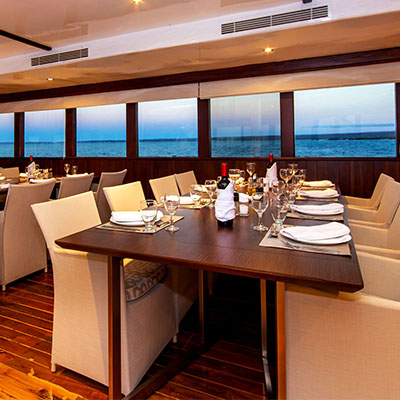
2020 GROSS RATES PER PERSON BASED ON DOUBLE OCCUPANCY
VALID THROUGH DECEMBER 31, 2020
| M/Y ODYSSEY | ITINERARY “B” SUN-THU 5D/4N |
ITINERARY “C” THU-TUE 6D/5N |
ITINERARY “A” TUE-SUN 6D/5N |
| Ocean View Stateroom Main Deck /Upper Deck |
$3,995 | $4,950 | $4,950 |
| Ocean View Suite Upper Deck |
$4,994 | $6,188 | $6,188 |
| Single Cabin Lower Deck (1) |
$3,995 | $4,950 | $4,950 |


